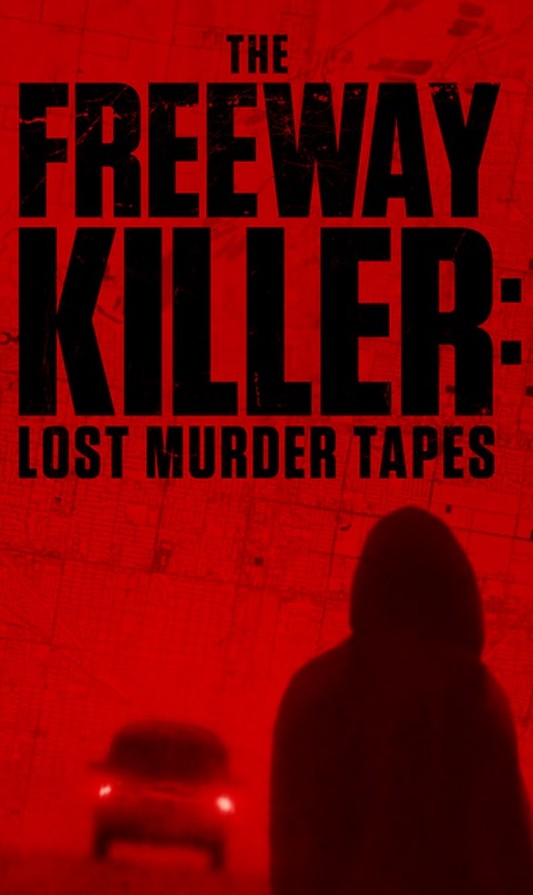
In 1970s California, a serial killer dumps young boys’ bodies along the freeways. An L.A. street reporter on the case receives information that embroils him in the dilemma of a lifetime. Decades later, lost confession tapes help experts uncover the truth.
You May Also Like
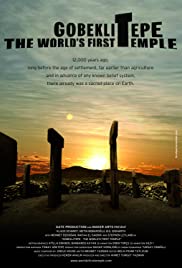
While challenging common beliefs on the history of civilization, the film takes the audience back to 12 thousand years ago, to Gobeklitepe, an ancient site recently found in SanliUrfa, Turkiye. With its brilliant graphics and interviews with experts, the film shows how old taboos come tumbling down as we keep scratching the surface.

In 1996, the horror master Wes Craven unleashed Scream, a slasher movie aimed at a whole new generation of teenage movie-goers.
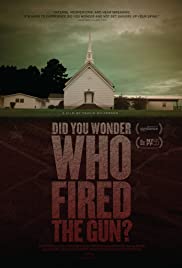
“In 1946, my great-grandfather murdered a black man named Bill Spann and got away with it.” So begins Travis Wilkerson’s critically acclaimed documentary, DID YOU WONDER WHO FIRED THE GUN?, which takes us on a journey through the American South to uncover the truth behind a horrific incident and the societal mores that allowed it to happen. Acting as narrator and guide, Wilkerson spins a strange, frightening tale, incorporating scenes from TO KILL A MOCKINGBIRD, the music of Janelle Monáe and Phil Ochs, and the story of Rosa Parks’ investigation into the Recy Taylor case, as well as his own family history, for a gripping investigation into our collective past and its echoes into the present day.
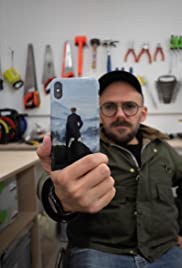
Celebrated conceptual artist Ryan Gander investigates the selfie – the icon of a new kind of self-regard that hardly existed just ten years ago. He discovers the roots of the selfie go back hundreds of years before smartphones. In the age of social media, when we are told to be our best selves and live our best lives, he investigates what that really means and what technology is doing to our sense of self.
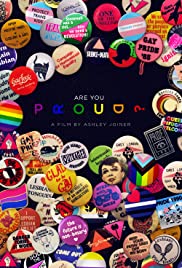
ARE YOU PROUD? meets key campaigners and investigates the organisations and events that have contributed to substantial progress within the western LGBTQ+ liberation movement, focusing on the history of Pride in the UK. It celebrates that progress, whilst exploring the controversial questions over the continuing relevance of the Pride march, and highlights the international battles still to be fought.

In the heart of the Jura mountains, a call resounds through the forest. The silhouette of a Eurasian lynx creeps through the trees. A male is looking for its mate. Suddenly a call answers back. It is the beginning of the story of a lynx’s family we will follow over the seasons. While it is rare to come across this private feline, it is exceptional to discover its daily life in the wild.

Based on Mallory Smith’s posthumously published memoir, Salt In My Soul offers a look inside the mind of a young woman trying to live while dying. Diagnosed with cystic fibrosis, Mallory turned to a secret diary to record her thoughts.
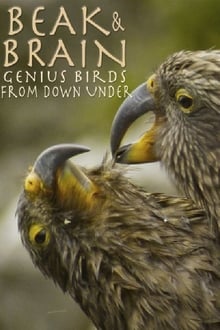
Whoever came up with the term ‘bird brain’ never met these feathered thinkers, who use their claws and beaks to solve puzzles, make tools and more.

The tape-recorded words “erase it” take on new weight in the context of history and war. When the state of Israel was established in 1948, war broke out and hundreds of Palestinian villages were depopulated in its aftermath. Israelis know this as the War of Independence. Palestinians call it “Nakba” (the Catastrophe). In the late 1990s, graduate student Teddy Katz conducted research into a large-scale massacre that had allegedly occurred in the village of Tantura in 1948. His work later came under attack and his reputation was ruined, but 140 hours of audio testimonies remain.

Nando, a young horse wrangler in a rural Mexican village, has taken his own life following a disagreement with his father. Caballerango shows the boy’s family members and townspeople as they reckon with the new realities borne out of this inexplicable tragedy. Each account of Nando’s story reveals a different aspect of this rural town, which is deeply affected by modernization. The confrontation between the centuries-old ways of life and the modern-day world seems to be creating serious identity crises among the younger generation. The story is told in a patient, observational style with methodical shots of the landscape, ranches, and of the two white horses, whom Nando and his father tended to. Those horses, the last to see Nando alive, connect us to an ethereal sensation of almost otherworldly mystical beings.